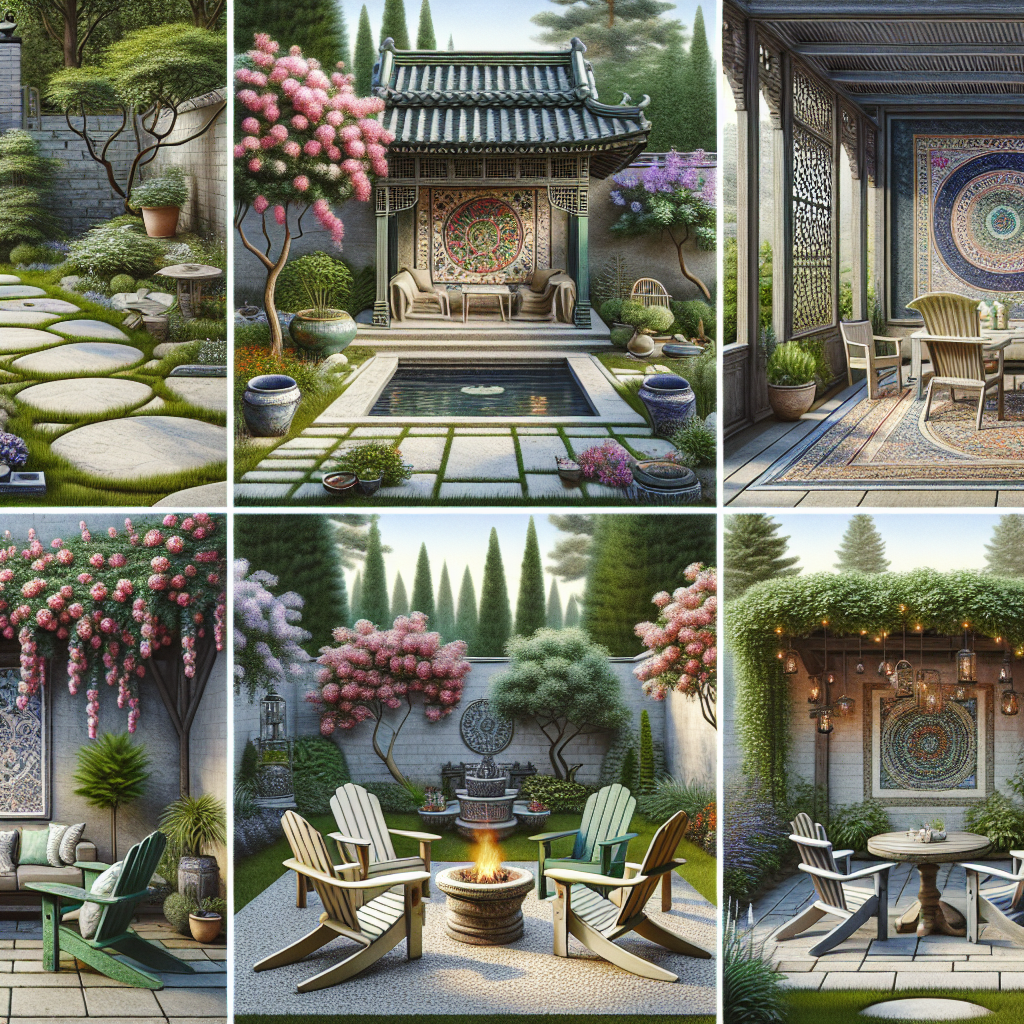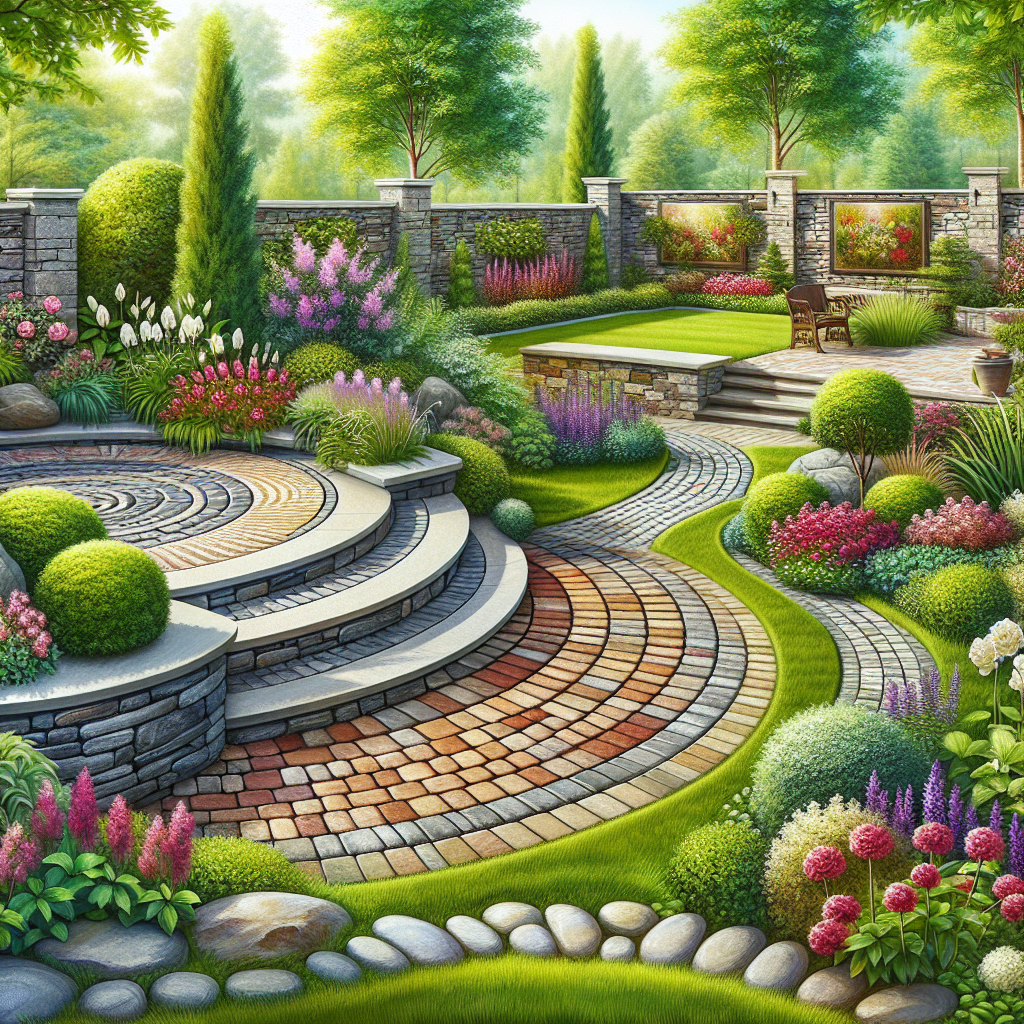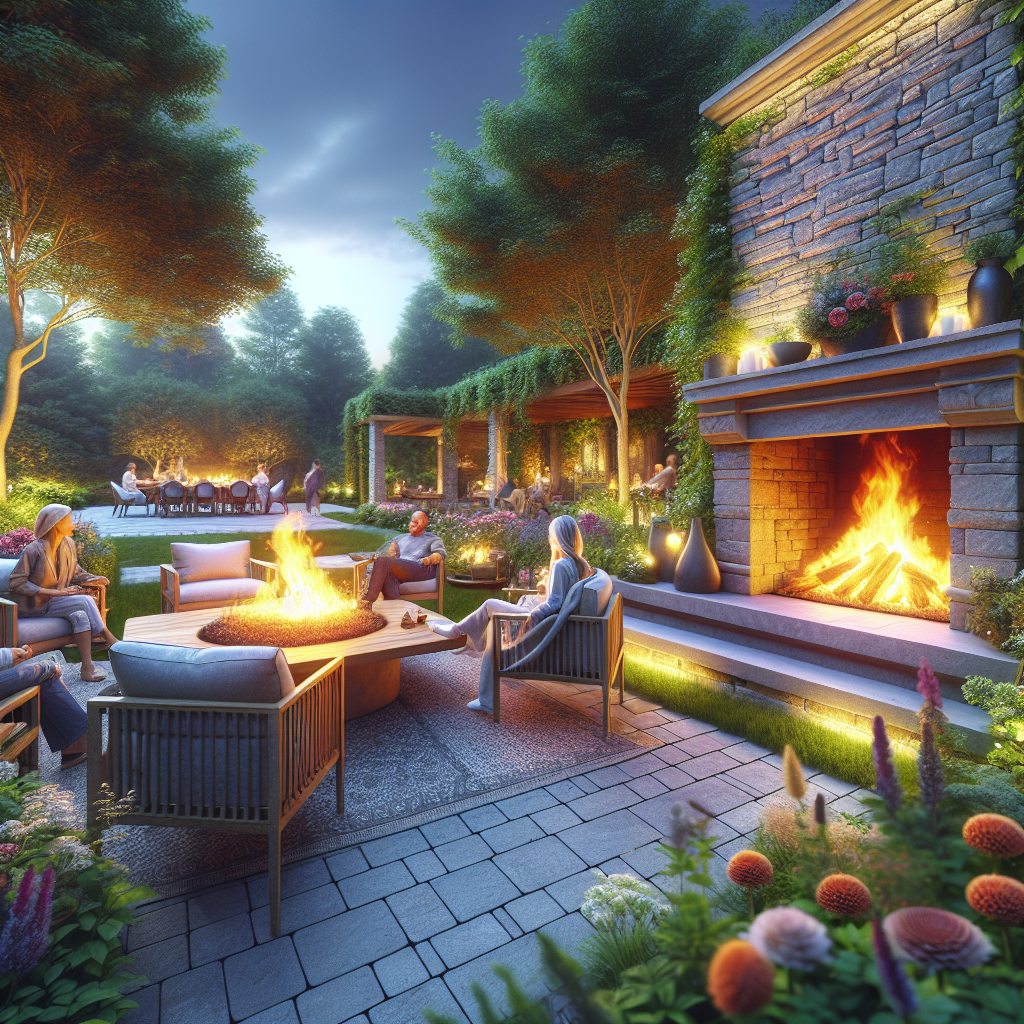Color Harmony: Choosing the Perfect Paint Palette for Your Home’s Exterior
When it comes to your home’s exterior, the right paint colors can make all the difference. A well-chosen palette can enhance your home’s curb appeal, create a welcoming atmosphere, and even increase its value. But with so many colors to choose from, how do you know which ones will work best for your home? In this article, we will guide you through the process of selecting the perfect paint palette for your home’s exterior, ensuring that you achieve color harmony and create a stunning look that you’ll love for years to come.
Step 1: Assess Your Home’s Style and Architecture
Before diving into the world of paint colors, it’s important to consider your home’s style and architecture. Different architectural styles lend themselves to specific color palettes, and it’s essential to choose colors that complement and enhance the existing features of your home.
For example, if you have a traditional colonial-style home, you may want to opt for classic, timeless colors such as whites, creams, and soft grays. On the other hand, if you have a modern or contemporary home, you might consider bolder, more vibrant colors to make a statement.
Take a moment to assess your home’s style and architecture, and make note of any specific colors or features that you want to highlight or downplay. This will serve as a starting point for selecting your paint palette.
Step 2: Consider Your Surroundings
When choosing paint colors for your home’s exterior, it’s important to take into account the surrounding environment. Consider the colors of neighboring houses, the landscape, and any other elements that may impact the overall visual harmony of your neighborhood.
If you live in a wooded area, for example, you may want to choose earthy tones that blend seamlessly with the natural surroundings. On the other hand, if your home is located in a vibrant urban neighborhood, you might opt for more vibrant colors to stand out from the crowd.
By considering your surroundings, you can ensure that your home’s exterior colors harmonize with the environment, creating a cohesive and visually pleasing look.
Step 3: Understand the Psychology of Color
Colors have a profound impact on our emotions and can evoke specific feelings and moods. Understanding the psychology of color can help you choose the right palette for your home’s exterior, ensuring that it reflects the atmosphere you want to create.
Here are some common colors and the emotions they tend to evoke:
- Blue: Calmness, serenity, and trustworthiness
- Green: Harmony, balance, and renewal
- Yellow: Happiness, energy, and optimism
- Red: Passion, excitement, and warmth
- Gray: Sophistication, neutrality, and timelessness
Consider the mood you want to create with your home’s exterior and choose colors that align with that vision. For example, if you want to create a peaceful and serene atmosphere, blues and greens might be the perfect choice. On the other hand, if you want to make a bold statement, vibrant reds or yellows could be the way to go.
Step 4: Test Colors
Once you have a general idea of the colors you want to use, it’s time to test them out. Paint samples on a small section of your home’s exterior and observe how they look in different lighting conditions throughout the day.
Keep in mind that colors can appear different depending on the time of day and the angle of the sun. What may look perfect in the morning might appear completely different in the afternoon. Take your time to observe the colors in various lighting situations to ensure that you’re happy with your choice.
Additionally, consider how the colors interact with the existing features of your home, such as the roof, windows, and doors. You want to create a harmonious look where all the elements work together seamlessly.
Step 5: Create a Balanced Palette
Now that you have tested your colors and have a better idea of how they will look on your home’s exterior, it’s time to create a balanced palette. A balanced palette consists of a combination of colors that work together harmoniously.
One popular approach is to use a three-color palette, consisting of a dominant color, a secondary color, and an accent color. The dominant color is typically used for the main body of the house, while the secondary color is used for trim and accents. The accent color adds a pop of color and is often used for the front door or shutters.
When selecting your colors, consider the 60-30-10 rule. The dominant color should make up about 60% of the palette, the secondary color around 30%, and the accent color around 10%. This rule helps create a visually pleasing balance and prevents the colors from overwhelming each other.
Step 6: Consider Practical Factors
While aesthetics are important, it’s also crucial to consider practical factors when choosing paint colors for your home’s exterior. Here are a few things to keep in mind:
- Climate: Consider the climate in your area. Lighter colors tend to reflect heat, making them a good choice for hot climates, while darker colors absorb heat and may be better suited for colder regions.
- Maintenance: Some colors require more maintenance than others. Lighter colors tend to show dirt and stains more easily, while darker colors can fade over time. Consider your willingness to maintain the paint job when selecting colors.
- Resale Value: If you plan on selling your home in the future, consider choosing colors that have broad appeal. Neutral colors are generally a safe choice and can attract a wider range of potential buyers.
By taking these practical factors into account, you can ensure that your paint colors not only look great but also stand the test of time.
Step 7: Gather Your Materials and Get Started
Now that you have chosen the perfect paint palette for your home’s exterior, it’s time to gather your materials and get started. Here’s a list of items you’ll need:
- Exterior paint in your chosen colors
- Paintbrushes and rollers
- Drop cloths or tarps to protect surrounding areas
- Painter’s tape
- Sandpaper or a power sander
- Primer (if necessary)
- Caulk and caulk






